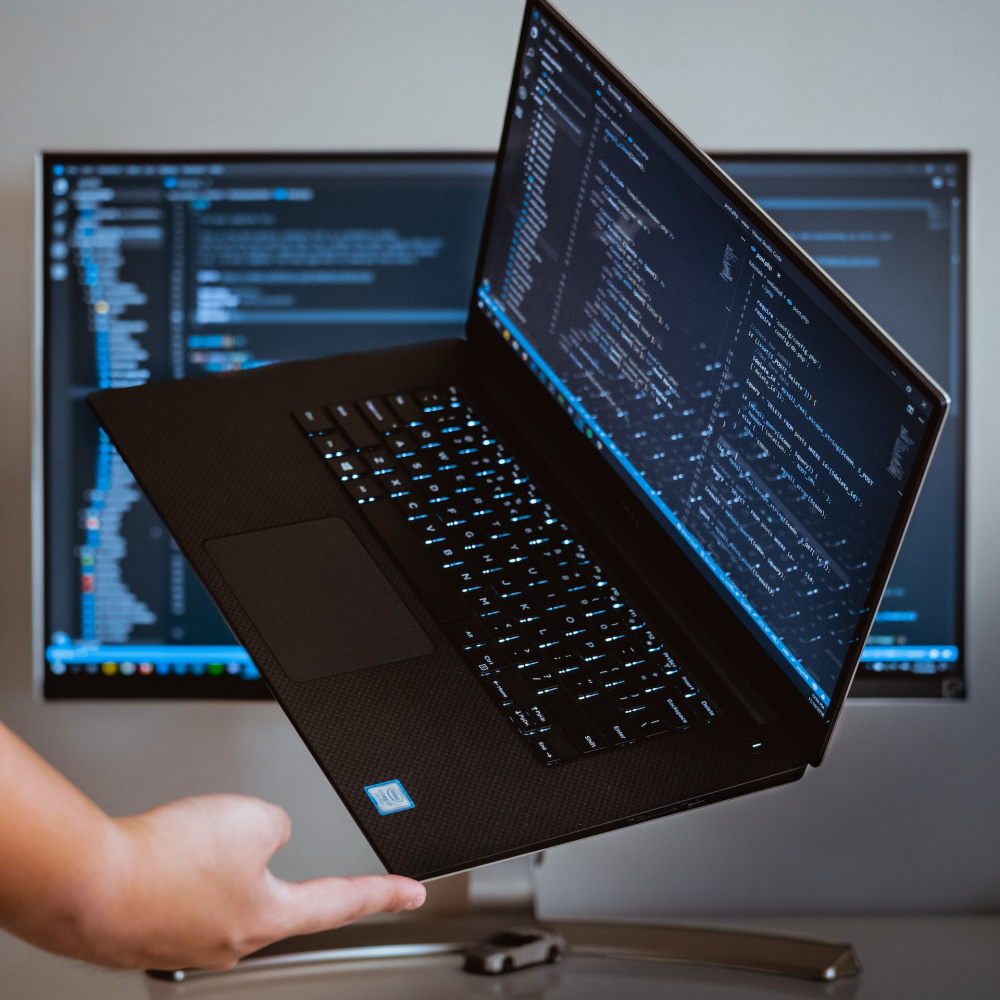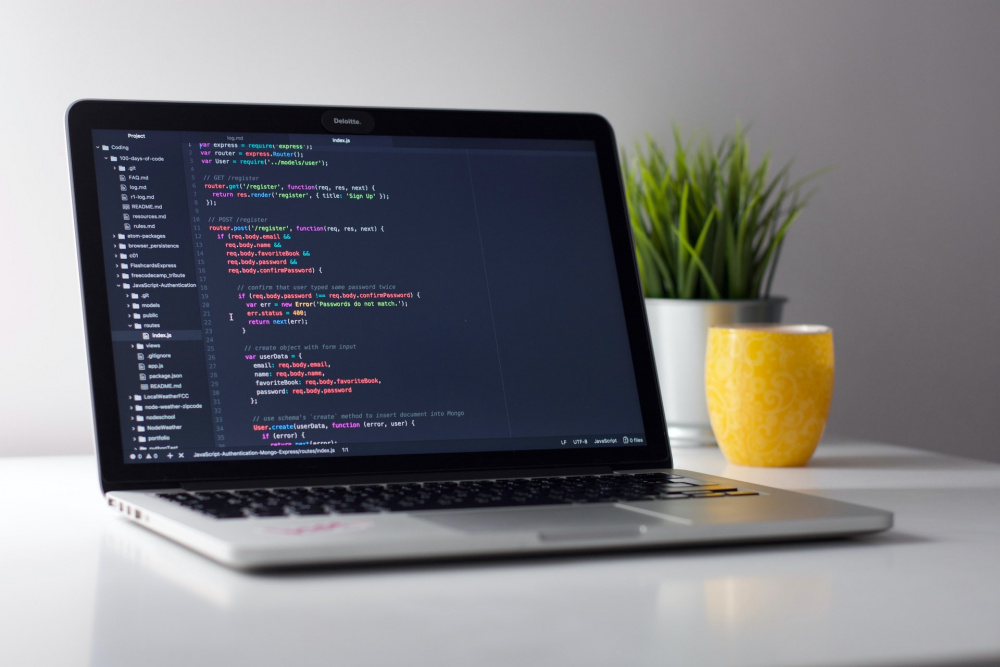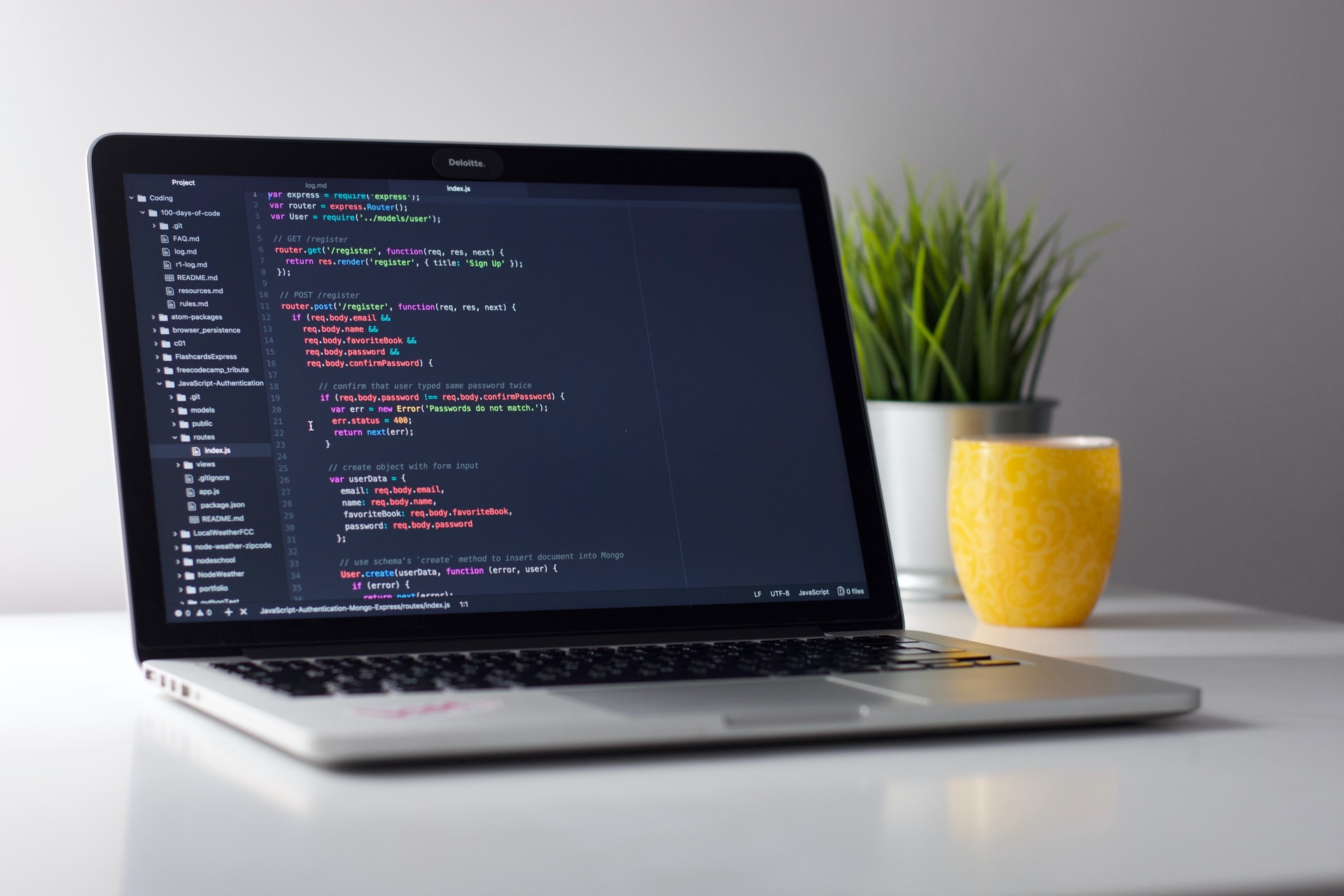There is no secret that software development has been on the rise over the past decades and continues to grow rapidly. A software developer is deservedly considered one of the most in-demand and fast-growing jobs in the market. It has a median pay of $74,000 per year. No wonder why this job attracts millions of young people from all over the world.
But how do you become a developer yourself? Although there is a “traditional” path, which implies going to college and acquiring a relevant degree, many students who are already studying a different major in college also have an opportunity to get into the industry. All they need is to learn a programming language. Holding the largest share of the market (29.53%), Python is the best option. Read on to learn about the top five cheats that will help you learn this language quickly while in college!

Source: https://unsplash.com/photos/RDolnHtjVCY
1. Carve Out Enough Time
The first life hack doesn’t relate directly to learning Python. But there is no way you can do without it. The lives of college students are intense and packed with all kinds of schoolwork that take nearly 100% of their time. Mastering a programming language takes time as well. Thus, without reducing the load and carving out enough time for learning, you will never achieve success.
The good news is that there are services that can help you out in this matter. By delegating your primary academics to experts from WritePaper.com, you can save plenty of time that can be used for studying Python. At the same time, you won’t put your degree at risk. So, if you are determined to start studying programming on top of your current studies, be sure to find yourself a reliable assistant like WritePaper to set yourself up for success.
2. Figure Out Your Purpose
So, you already know that you want to learn Python. Probably, you could just hop into it straight away in order to not waste more time. But, since you want to master it quickly, you have to know that studying purposelessly is counter-productive. Whereas knowing what exactly you are striving for is the way to go.
Before getting straight into it, anchor yourself to something you are interested in. It could be:
- Websites;
- Mobile apps;
- Data science;
- Machine learning;
- Games;
- Hardware / Sensors / Robotics, etc.
Defining what exactly you want to work on in the future will help you focus on the right skills and knowledge in the process of learning. Besides, knowing your purpose will help you stay motivated through all the hardships of studying Python.
3. Master the Basic Syntax
The biggest part of learning a programming language consists of studying the basic syntax. This is the boring and tedious part. But, like it or not, you can’t skip it.
Basically, there are two ways to approach this step. You can either study the syntax on your own or take a course to have everything explained to you by an industry expert:
- If you choose the first path, a great place to start would be The Python Tutorial, available on the official site (python.org). This tutorial breaks down all the core building blocks of this programming language and teaches you the basic syntax.
- If you prefer to take a course, you will have quite a few options. You can check general open course providers like Khan Academy, Coursera, and Udemy or look for beginner courses on development-focused platforms like Code Academy and similar.
The key tip for this stage is to spend as little time on it as possible. Knowing the basic syntax is important. But if you want to master this language quickly, you really want to minimize the theoretical part and move on to the practical stage as soon as possible.
Pro Tip: Regardless of the path you choose, when looking for courses or educational materials, make sure that they focus on Python 3. The 2nd version is no longer supported. Despite this fact, many resources still base on it, and you want to avoid wasting time studying the outdated version.

Source: https://unsplash.com/photos/95YRwf6CNw8
4. Get Yourself a Cheat Sheet
Another cool tip that will help you master this language faster and with less stress is to get yourself an all-around cheat sheet and keep it at hand when you move on to the practical stage. A Python cheat sheet is basically a thorough collection of syntaxes for all concepts, from basic to advanced ones. With the help of such a cheat sheet, you will always have a clear guide on how to handle different elements, such as lists, ranges, data types, libraries, dictionaries, etc.
Where can you get a cheat sheet? There are plenty of them available on the web. While choosing an option that suits you best, focus on its relevance, completeness, and timeliness. To help you get on the right track, here are a few cheat sheets that are considered the best for 2022:
- gto76
- DataCamp
- org
- limsi.fr
- com
- Cheatography
- github.io
Each of these sheets is complete and up-to-date. Choose any and keep it at hand every time you practice this language. This will help you a lot.
5. Start With Structured Projects
Finally, the last stage of the process is practice. As was already mentioned, the best way to learn a programming language fast is to start practicing it. So, there is a weighty reason to get to this stage sooner.
Doing projects on your own will help you memorize the concepts you’ve already studied faster and learn new, more advanced ones. At the same time, it will help you gain hands-on experience and develop your portfolio. But, there is a catch. Doing projects from scratch can feel rather uncomfortable when you are a complete beginner, so we recommend starting with structured projects.
What are these? These are basically the projects you tackle step by step according to the provided guidelines in order to learn the language through practice. Here are a few good resources to start practicing your skills across different mediums:
- Dataquest for data science;
- Kivy Guide for mobile apps;
- Bottle Tutorial and How To Tango With Django for websites;
- Making Games With Pygame and Pygame Tutorials for games;
- Raspberry Pi Cookbook, Using Python With Arduino, and Learning Python With Raspberry Pi for hardware/sensors/robots;
- Automate the Boring Stuff With Python for writing automation scripts.
After you complete a few structured projects, move on to doing projects on your own. Spend as much time as possible practicing and honing your skills. And be sure to increase the project complexity gradually to achieve better results and keep challenging yourself.
The Bottom Line
These days, Python is the most popular and widely used programming language in the world. So, if you are planning to get into the development industry, learning it would definitely be a good idea. And, even though it might seem quite complicated and challenging at first, mastering this language really doesn’t have to be hard or very time-consuming.
After reading this article, you have a step-by-step plan to get started with Python quickly and easily. Use it to get on the right track and ensure success!


